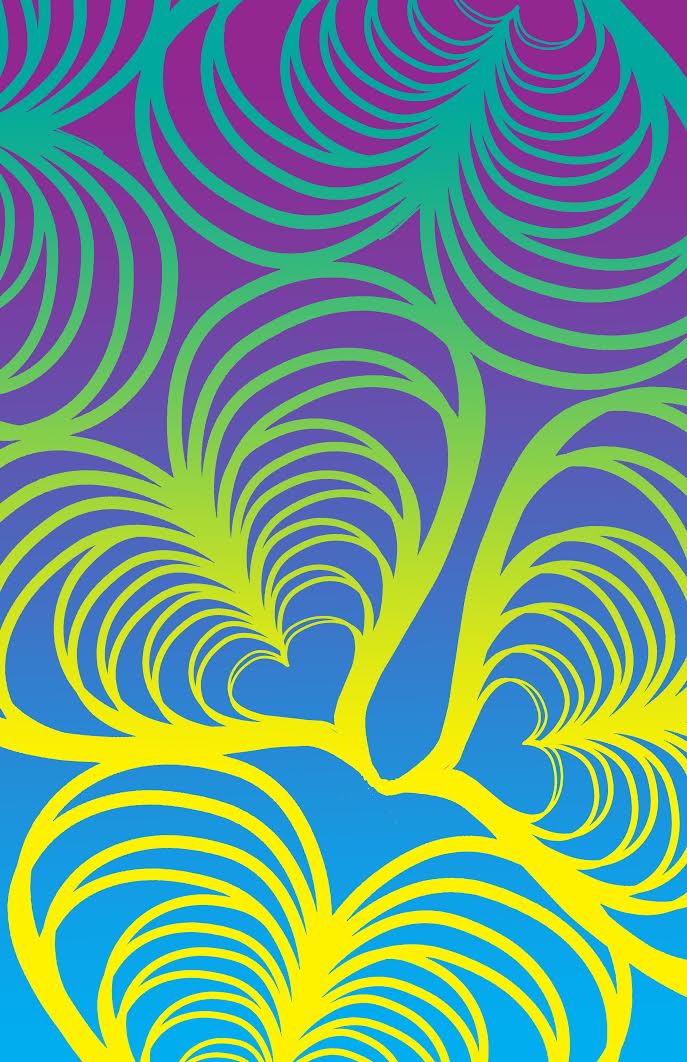1967 Summer Of Love sparks psychedelic rebirth
By Adina J. Pernell
Recent political events have challenged the very core values of peace, love and coexistence that the San Francisco Bay Area community established. Attitudes that support racial, social injustice are being pushed by alt-right agendas.
Free City College of San Francisco promotes equal representation and access to education regardless of race, gender identity, social status, religious or political affiliations, promoting unity that is at the heart of psychedelic culture.
In June of 1967, poets, musicians, writers, artists and freethinkers became known as hippies. They gathered in bohemian communities all over the world to make up the Summer of Love. Many of the hippies that participated in the Summer of love were students from City College, San Francisco State University and UC Berkeley who were actively dissatisfied with the status quo.
The 50th anniversary of the Summer of Love has converged with an alt-right rally and subsequent anti far right protests, the abruptly cancelled Crissy Field gathering as an example, remind us that there is still a need to remember our roots in San Francisco and to value what the psychedelic movement taught us about the power of positive protest through art and prompting a resurgence of psychedelic art throughout the city.
Art professor, Janet Louise Carpenter who was there during the iconic period, commented on the authenticity of some of the art featured at tribute exhibitions.
“The posters and album covers are some of the best graphic arts to emerge from this short period” including “ rarities in the exhibition, such as original copies of The Oasis, Jerry Garcia’s hat as well as Janis Joplin’s bag,” said Carpenter.
San Francisco’s Haight-Ashbury neighborhood, considered the mecca of the Summer of Love became a place of artistic expression that sought to escape the confines of tradition and conformity to societal social norms – an attitude rooted in the beatnik sensibilities of the previous decade and coming into full bloom during the late sixties.
Hippies adopted the moniker of “Flower Children” and although often criticized for promoting drug culture, became trailblazers that started to break the sexual, racial, intellectual, political and religious boundaries that had been imposed by the masses.
Soon this ‘Flower Power” movement became synonymous with music, clothing, literature, films, art and other forms of media becoming the subculture of psychedelia which could be interpreted as an artistic response to physical and mental oppression.
In the 50th anniversary celebration of the era, Carpenter said that because the organizers of the celebration “did not experience 1967 first hand, they unwittingly sanitized this period–purging it of the LSD, cannabis, and other drugs that were so much a part of the culture.”
She also criticized the lack of representation of African American activism from the period and the failure to “address the fact that many of the youth who came to San Francisco ended up homeless and hungry.”
The fact remains however that this homage to freedom has resonated with the times and that we seem to be seem to be having a rebirth of the psychedelic culture at the moment. Evidenced in projects like the film Woodshock, a trippy endeavor starring Kirsten Dunst, directed by Los Angeles fashion designers Kate and Laura Mulleavy or the San Francisco based music group Moon Duo, whose psychedelic influenced album Occult Architecture Vol 2, debuted in May of this year, it’s clear that the mood of the Summer of Love is here to stay.
These swirling, kaleidoscopic, avant-garde directions in visual media began to define not only a decade but a mindset that found it not just preferable but necessary to color outside the lines, challenge right-wing conventions and put counter-culture on center stage.
Over the years there have been periods of resurgence of psychedelic culture usually in times of political unrest, it seems that there is no time like the present.

